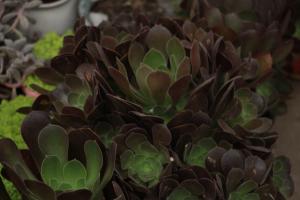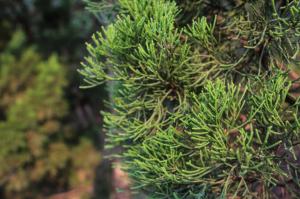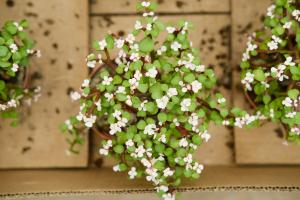Introduction
Tomato plants are popular among gardeners due to their juicy and flavorful fruit. However, at times, the leaves of tomato plants turn yellow, which is a sign of distress. The yellowing of tomato plant leaves is not uncommon, and it can have numerous causes, including environmental, nutritional, or disease-related factors. Understanding the reasons behind this issue is essential to maintain the health of the tomato plant and ensure a bountiful harvest.
Nutritional Deficiency
Tomato plants are heavy feeders and require adequate nutrients to develop correctly. Yellowing of tomato plant leaves is often linked to nutrient deficiency. A lack of nitrogen or iron is often the culprits, as both are necessary for adequate chlorophyll production, which leads to healthy green leaves. A nitrogen-deficient plant will have yellow leaves on the lower part of the plant first, and it will progress upwards from there. Iron deficiency can show up as pale green and yellow leaves, particularly between leaf veins.
Environmental Causes
Apart from the nutritional factor, yellowing of tomato plant leaves can also be due to environmental elements such as drought, too much sunlight, or low temperatures. During times of drought, tomato plants can experience water stress, which makes the leaves yellow as the plant shuts down part of its functions to conserve water. Additionally, too much sunlight can also result in yellowing of tomato plant leaves due to sunburn. During hot weather, excess sunlight can cause the tomato plant to overheat and scorch the leaves. Moreover, cold temperatures can cause yellowing in tomato plants, which is often a sign of nutrient deficiency.
Pest and Disease-related Factors
Pest and diseases can also cause yellowing of leaves in tomato plants. Infestation by spider mites, aphids, or whiteflies can cause yellowing of the leaves. Diseases like Fusarium wilt, bacterial speck, and late blight can also cause yellowing of tomato plant leaves. These diseases lessen the plant's capacity to take up nutrients, hence the yellowing of the leaves.
Treatment and Prevention
One way to treat yellowing leaves in tomato plants is to identify the underlying cause and address it appropriately. For instance, if the yellowing is due to a nutrient deficiency, you can apply fertilizer that is rich in nitrogen, iron, or any other deficient nutrient. If the problem is due to pests or diseases, treat the plant with an appropriate pesticide, or remove the infected area. Watering the tomato plant appropriately during times of drought is also essential in treating yellowing of leaves in tomato plants.
Prevention is always better than cure; hence, it's essential to take measures to prevent yellowing of leaves in tomato plants. One approach is to plant tomato varieties that are resistant to specific diseases. Proper soil preparation before planting tomato plants can increase the soil nutrients, leading to better plant health. Another way is to water the plants correctly and protect them from excessive sunlight or low temperatures.
Conclusion
Yellowing of tomato plant leaves can be distressing, but it is a common problem that tomato growers encounter. It can have various causes, and it's essential to identify the underlying problem and address it appropriately to prevent further damage to the plant. By providing adequate nutrients, protecting the plant from pests and diseases, and taking care of the environmental factors, you can ensure a healthy and productive tomato plant.

 how many times do yo...
how many times do yo... how many planted tre...
how many planted tre... how many pine trees ...
how many pine trees ... how many pecan trees...
how many pecan trees... how many plants comp...
how many plants comp... how many plants can ...
how many plants can ... how many plants and ...
how many plants and ... how many pepper plan...
how many pepper plan...






























